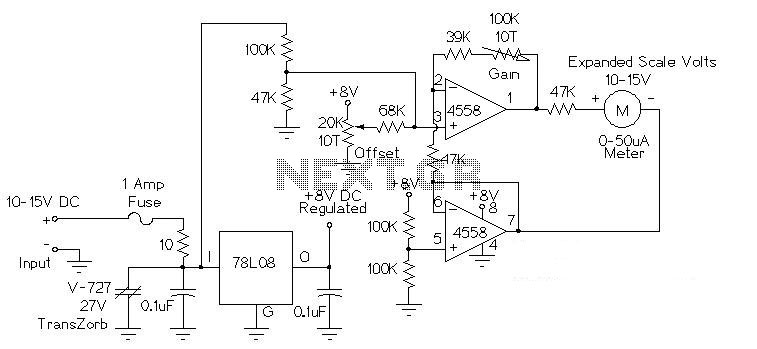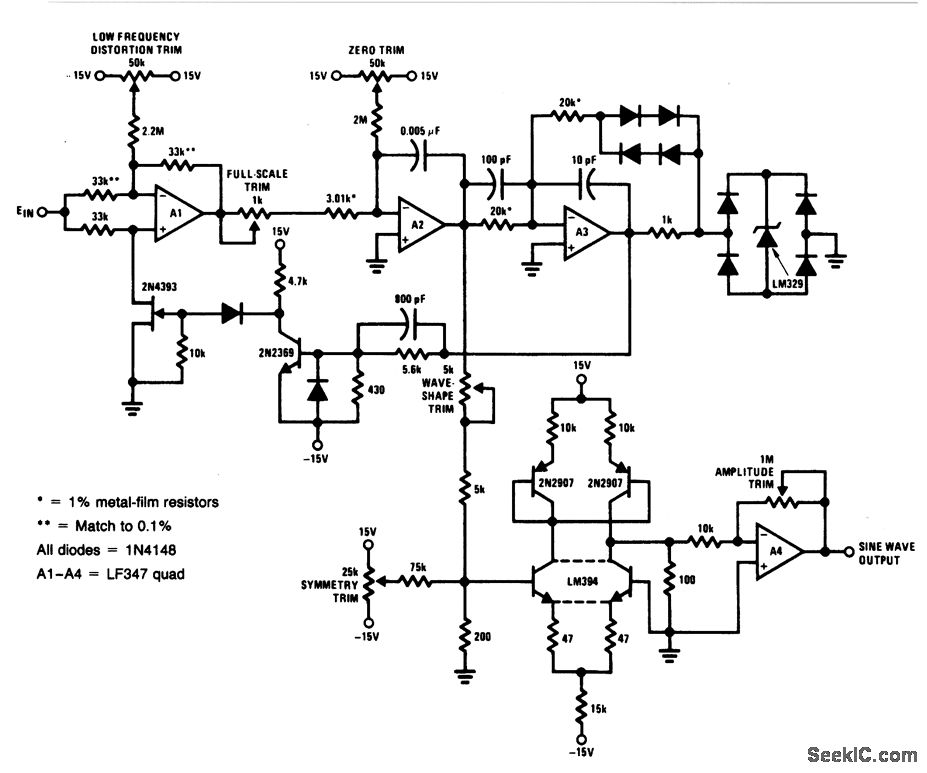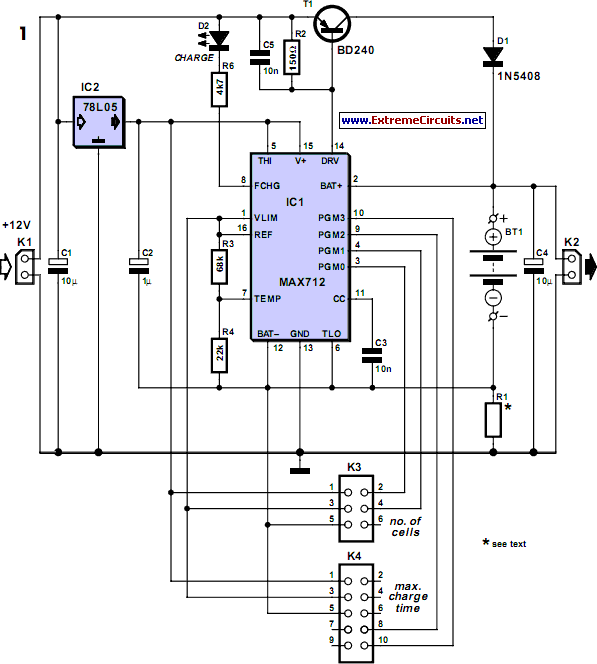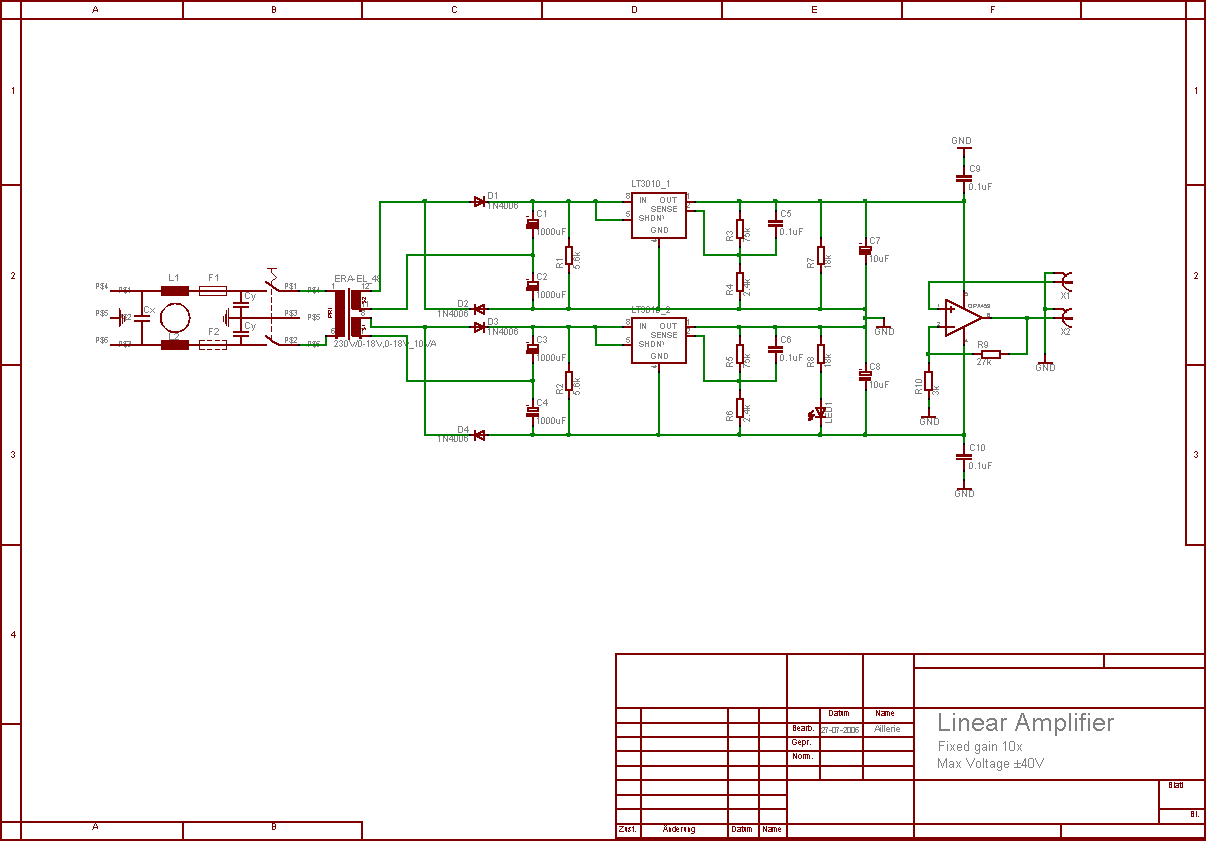
12V Voltage Regulated Charger
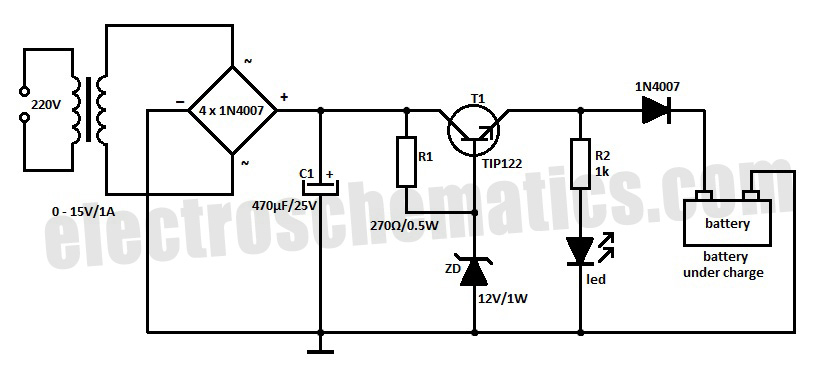
Most battery chargers lack provisions for current and voltage regulation. The step-down voltage is primarily utilized for charging purposes.
Many battery chargers operate on a straightforward principle of reducing the input voltage to a level suitable for charging a battery. However, the absence of current and voltage regulation in these devices can lead to several issues, including overcharging, which can damage the battery and reduce its lifespan.
In a well-designed battery charger, voltage regulation ensures that the output voltage remains stable, even as the battery charges and its internal resistance changes. This regulation can be achieved using linear regulators, switching regulators, or dedicated charge management ICs that monitor the battery's state of charge and adjust the output accordingly.
Current regulation is equally important, particularly for lithium-ion batteries, which require a constant current phase followed by a constant voltage phase during charging. A charger that provides a constant current feature can prevent overheating and potential thermal runaway conditions, thereby enhancing safety.
Incorporating these regulation features into a battery charger circuit typically involves the use of feedback loops that adjust the output based on real-time measurements of voltage and current. Components such as operational amplifiers, resistors, and transistors are commonly used in these feedback systems to achieve the desired regulation.
Furthermore, additional functionalities can be integrated into the circuit design, such as temperature monitoring and fault detection, to further protect the battery and improve charging efficiency. This comprehensive approach ensures that batteries are charged safely and effectively, maximizing their performance and longevity.Most of the battery chargers do not have current and voltage regulation provisions. The step down voltage is simply used for charging. These chargers devel.. 🔗 External reference
Many battery chargers operate on a straightforward principle of reducing the input voltage to a level suitable for charging a battery. However, the absence of current and voltage regulation in these devices can lead to several issues, including overcharging, which can damage the battery and reduce its lifespan.
In a well-designed battery charger, voltage regulation ensures that the output voltage remains stable, even as the battery charges and its internal resistance changes. This regulation can be achieved using linear regulators, switching regulators, or dedicated charge management ICs that monitor the battery's state of charge and adjust the output accordingly.
Current regulation is equally important, particularly for lithium-ion batteries, which require a constant current phase followed by a constant voltage phase during charging. A charger that provides a constant current feature can prevent overheating and potential thermal runaway conditions, thereby enhancing safety.
Incorporating these regulation features into a battery charger circuit typically involves the use of feedback loops that adjust the output based on real-time measurements of voltage and current. Components such as operational amplifiers, resistors, and transistors are commonly used in these feedback systems to achieve the desired regulation.
Furthermore, additional functionalities can be integrated into the circuit design, such as temperature monitoring and fault detection, to further protect the battery and improve charging efficiency. This comprehensive approach ensures that batteries are charged safely and effectively, maximizing their performance and longevity.Most of the battery chargers do not have current and voltage regulation provisions. The step down voltage is simply used for charging. These chargers devel.. 🔗 External reference
